What is death to the Mexican people?
By Chef Vanessa Domínguez
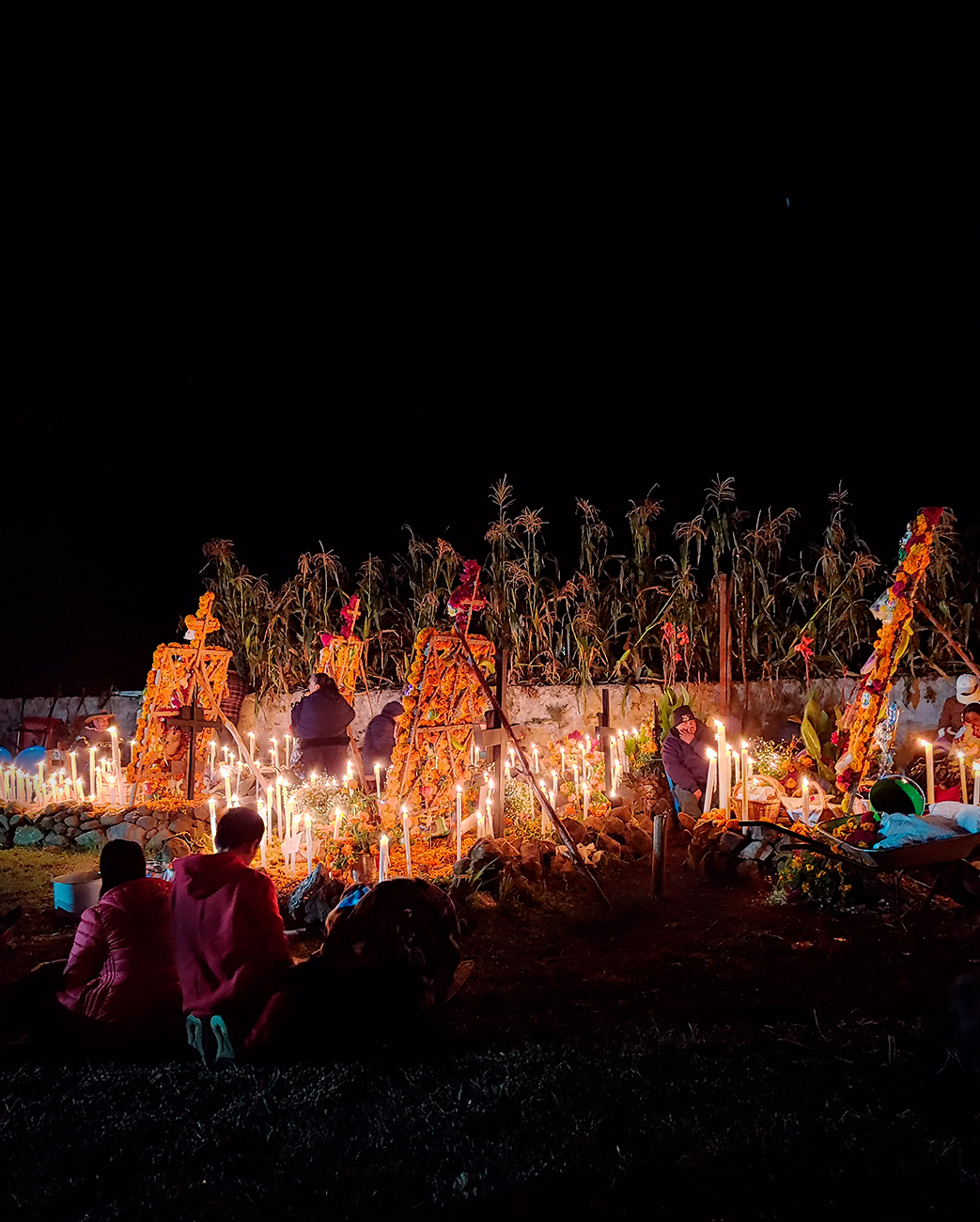
La Catrina, the skeleton, and the skinny one are some of the many appellations popularly used to refer to death, a natural event that Mexican culture personalizes and gives if a unique character - the protagonist of fun artistic, craft, musical and literary representation.
This ancient Mexican tradition inspires wonder and even some fear in those whose culture has taught them to expect death with pain and fear. However, in our country, it is treated with familiarity, laughed at and honored through, papel picado, offerings, music, and color.
Death does not represent a symbol of threat or tragedy in our culture, but rather a symbol of fervent love for our deceased, those loved ones who have passed away before us. It is an ancestral memory of pre-Hispanic cosmogony, of our intimate and personal relationship with it.
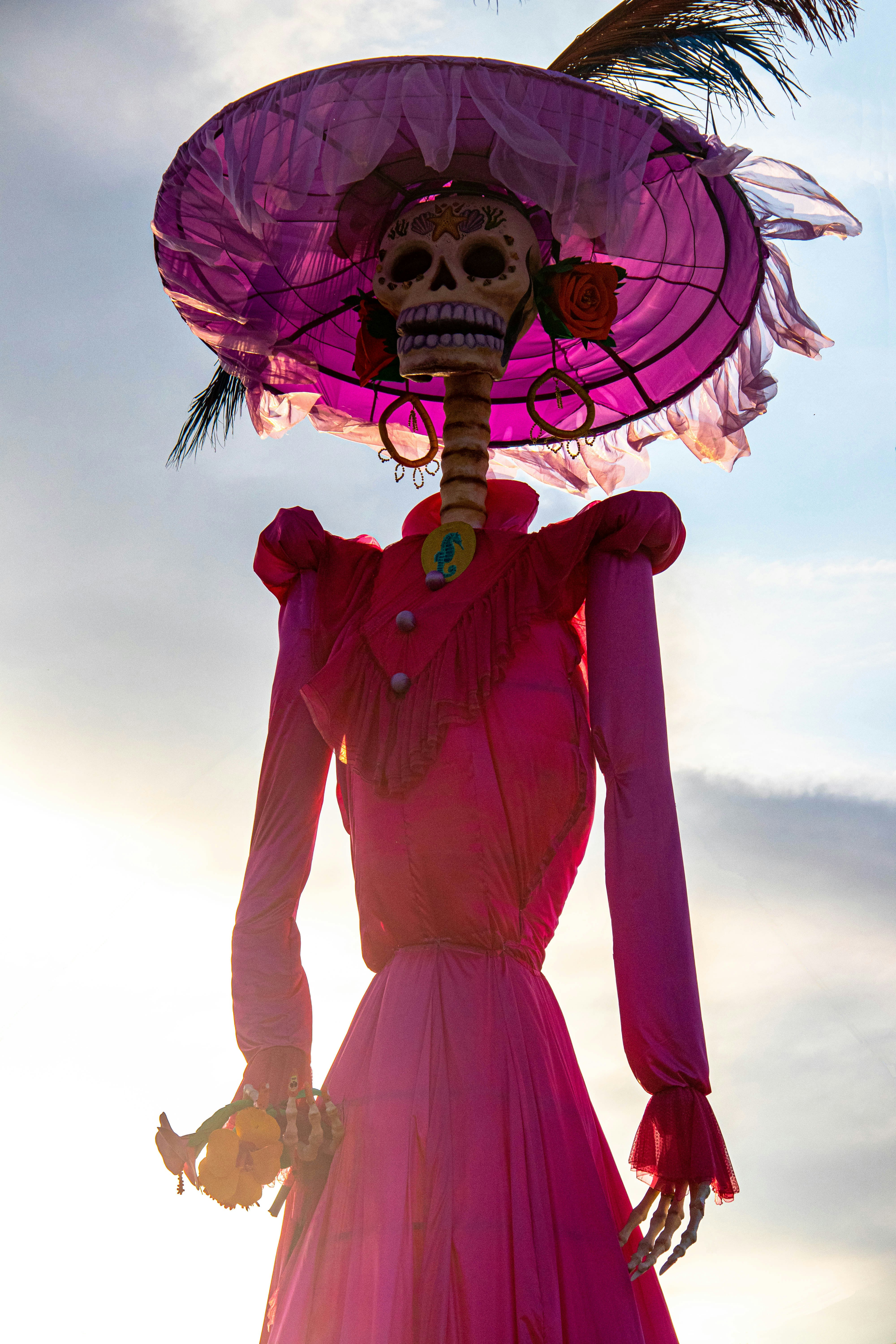
The Day of the Dead is one of the traditions that has most unified the Mexican people in religious thought, in addition to being one of our most widespread and well-known traditions around the world. In most of our country, the preparations to celebrate the days of November 1 and 2.
On the eve of All Saints' Day and All Souls' Day, preparation begins for special foods such as the aromatic bread of the dead, which perfumes the journey of our loved ones with its essence. Moles, sauces, tamales, drinks, and candles complete the backbone of our offering, as do photos, toys, sweets, and fruits.
The food is prepared with serious devotion and love. Although all the favorite foods of the deceased to whom the offering is dedicated are prepared, it is also known that after the ritual, family and friends are invited to gather, silently allowing our visitors from the underworld to serve themselves first, and then whatever they leave is eaten in joyful celebration.
In many places, offerings are made in the cemetery, where the graves are scented with copal and decorated with beautiful flowers. The vigil is held with mariachis or the deceased's favorite music.
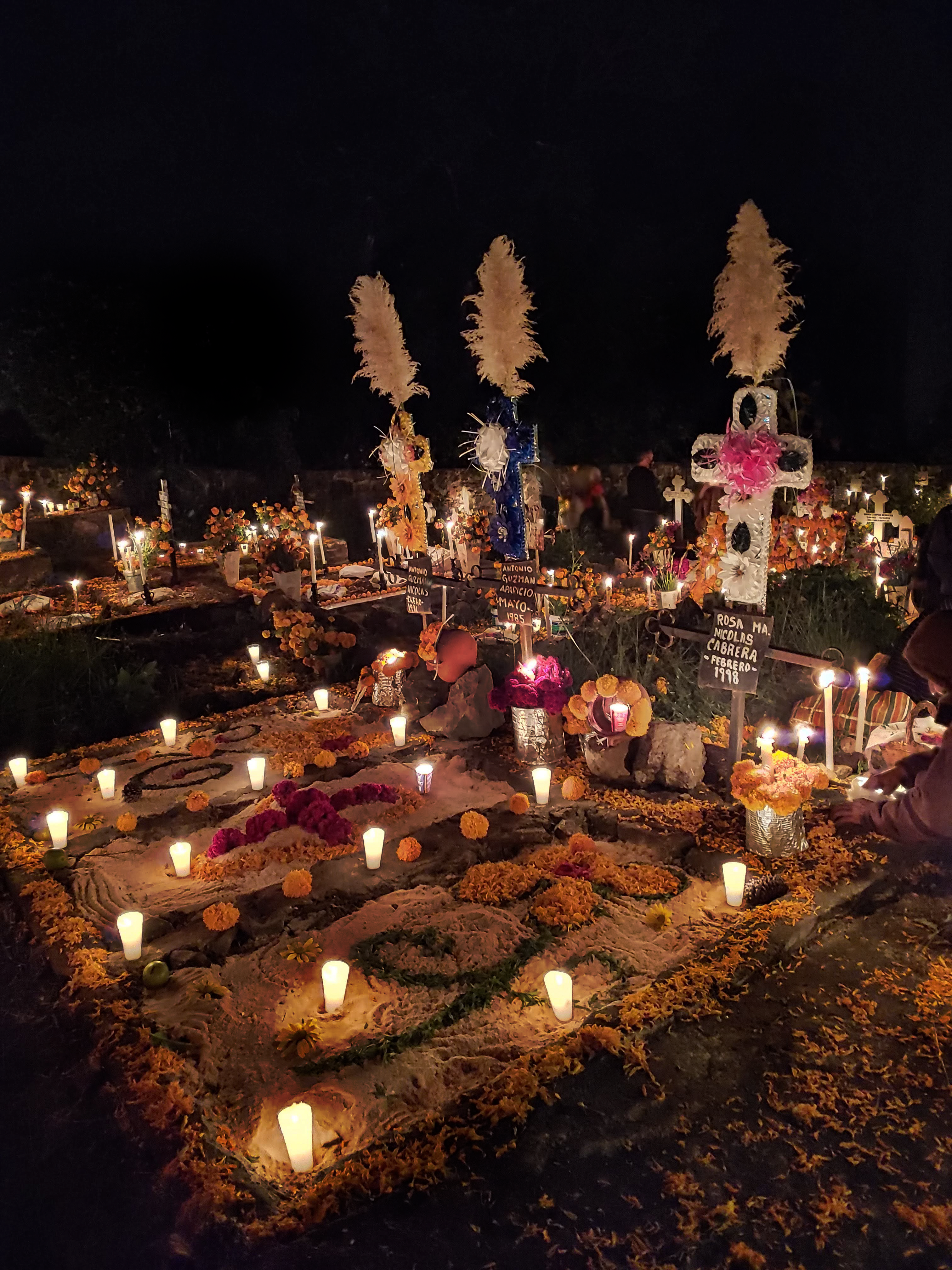
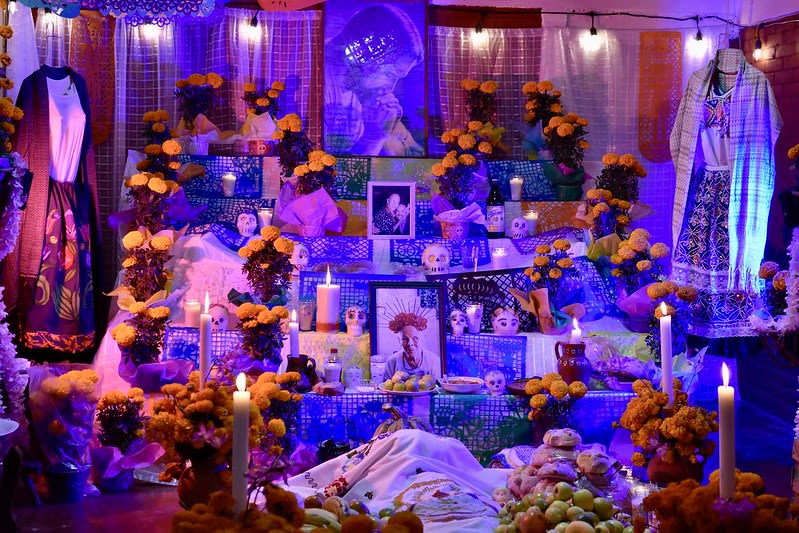
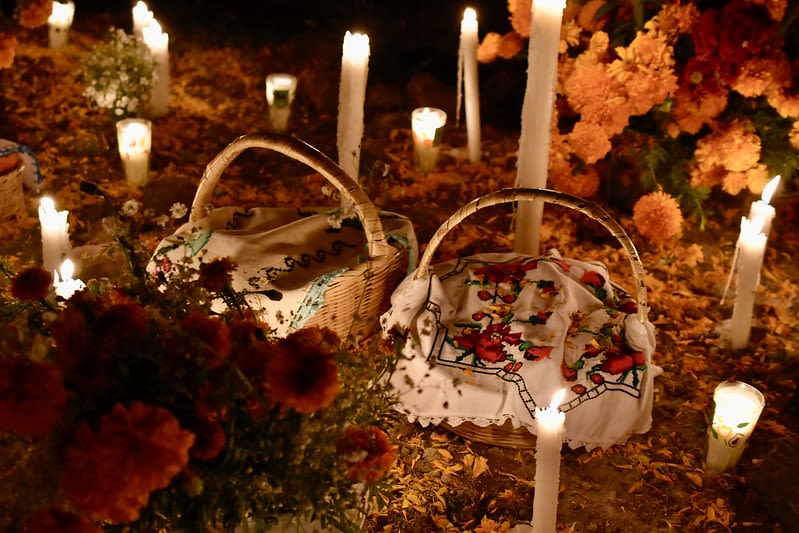
Photo by Copper Moon Travels
Photo by Copper Moon Travels
Whether it's sugar skulls, marigolds, fruit, confetti, or the intoxicating aroma of copal, the truth is that every year it's a celebration that awakens our most sincere desires, our most colorful fantasies, and, why not, a relaxed and joyful approach to the path we all must travel at some point: our passage to Mictlán. For me, it's my favorite holiday, not only for the joy of life but also for the sweet company of my loved ones. Happy and delicious Day of the Dead!
Traditional Recipe: Pan de muerto
Chef Vanessa Domínguez
Yields: 4 small pieces
Bread of the Dead is one of the most cherished symbols of our offerings. Its preparation is a ritual that blends patience, citrus aromas, and the unique touch of orange blossom water. Here I share a recipe so you can make it at home and enjoy it with your family.
Ingredients
- 500 g wheat flour
- 170 g sugar
- 5 g salt
- 11 g dry yeast
- 3 eggs
- 3 egg yolks
- 125 ml milk
- 150 g butter or margarine
- Zest of 2 oranges and 2 lemons
- 15 ml orange blossom water or orange blossom essence (can be substituted with an infusion of cinnamon and anise)
Step by step preparation
Prepare the Fermentation: Prepare the pata or seed with the sponge technique.
Editors Note: The sponge technique, or sponge and dough method, is a two-step bread-making process where a pre-ferment called a "sponge" is created first using a portion of the recipe's flour, water, and yeast. This sponge is then allowed to ferment and develop flavor and texture for a period (from hours to a day) before the remaining flour, water, yeast, and other ingredients are added to form the final dough. This method enhances the bread's flavor, aroma, and crumb, resulting in a lighter, softer texture
Form the dough base: place the flour and salt in a bowl. Add butter in small pieces and rub it into the flour until you get a sandy texture.
Add eggs: Gradually add the eggs and yolks, mixing until combined.
Add the sponge: Add the sponge and mix very well.
Flavor the dough: Add the citrus zest and orange blossom water. Then slowly add the sugar. The dough will become sticky; this is normal.
Knead vigorously, as if you were doing laundry. Don't add more flour; the important thing is to obtain a smooth, elastic, and shiny dough. This step can take 20 to 25 minutes.
First rest: Place the dough in a lightly greased container, cover it with plastic wrap, and let it rest in a warm place until it doubles in volume.
Forming the loaves: Degas the dough and divide it into 5 parts: 4 will be the loaves and 1 will be used to form the “bones”.
Traditional shaping: Shape each piece into a ball and place the bones on top. Let it rise again on greased baking sheets until it rises.
Bake: Preheat oven to 180–200°C and bake until the breads are golden brown and cooked through.
Remove from the oven: brush with melted butter and sprinkle with sugar.
Your Bread of the Dead is ready to accompany the offering!


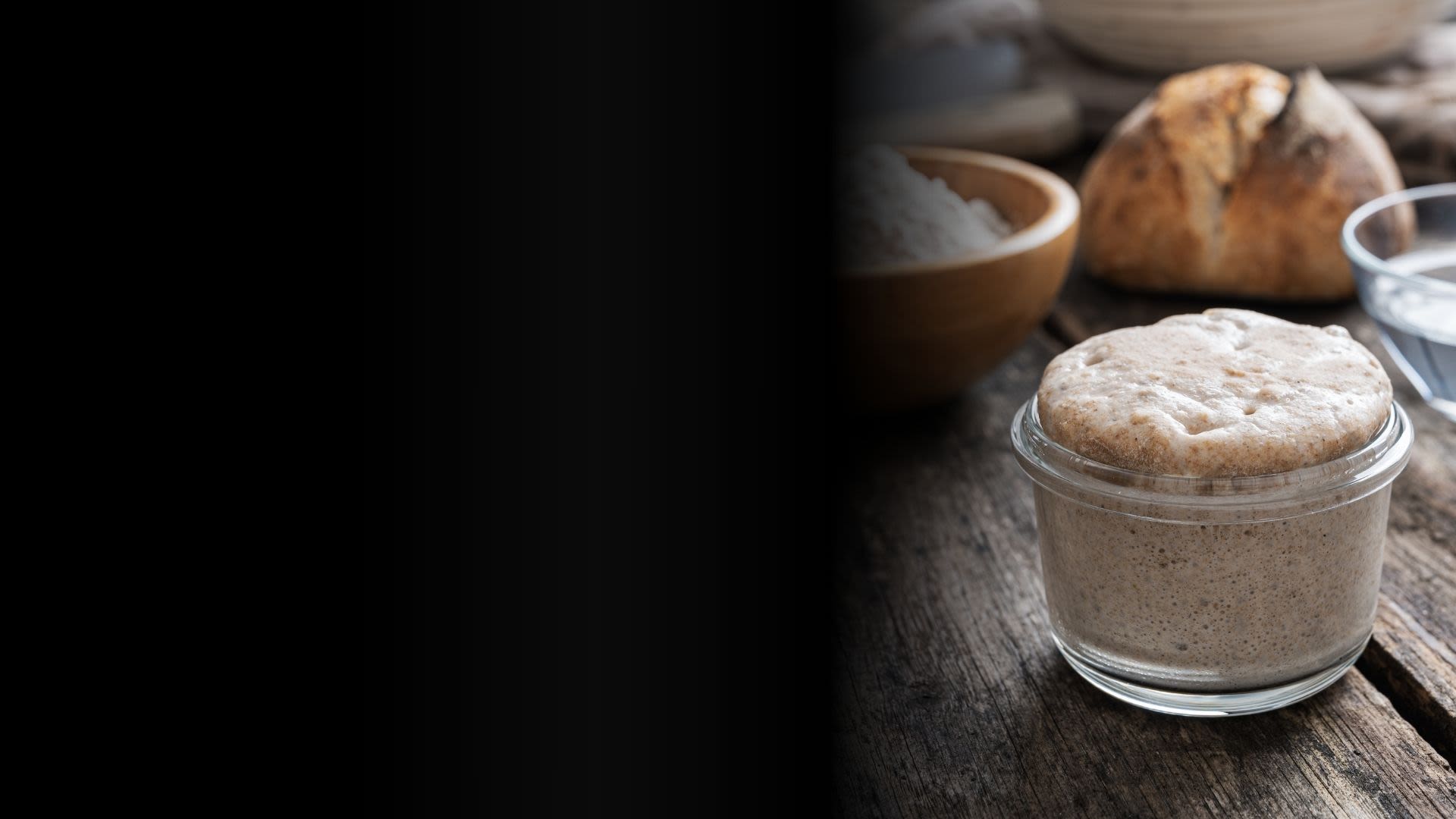
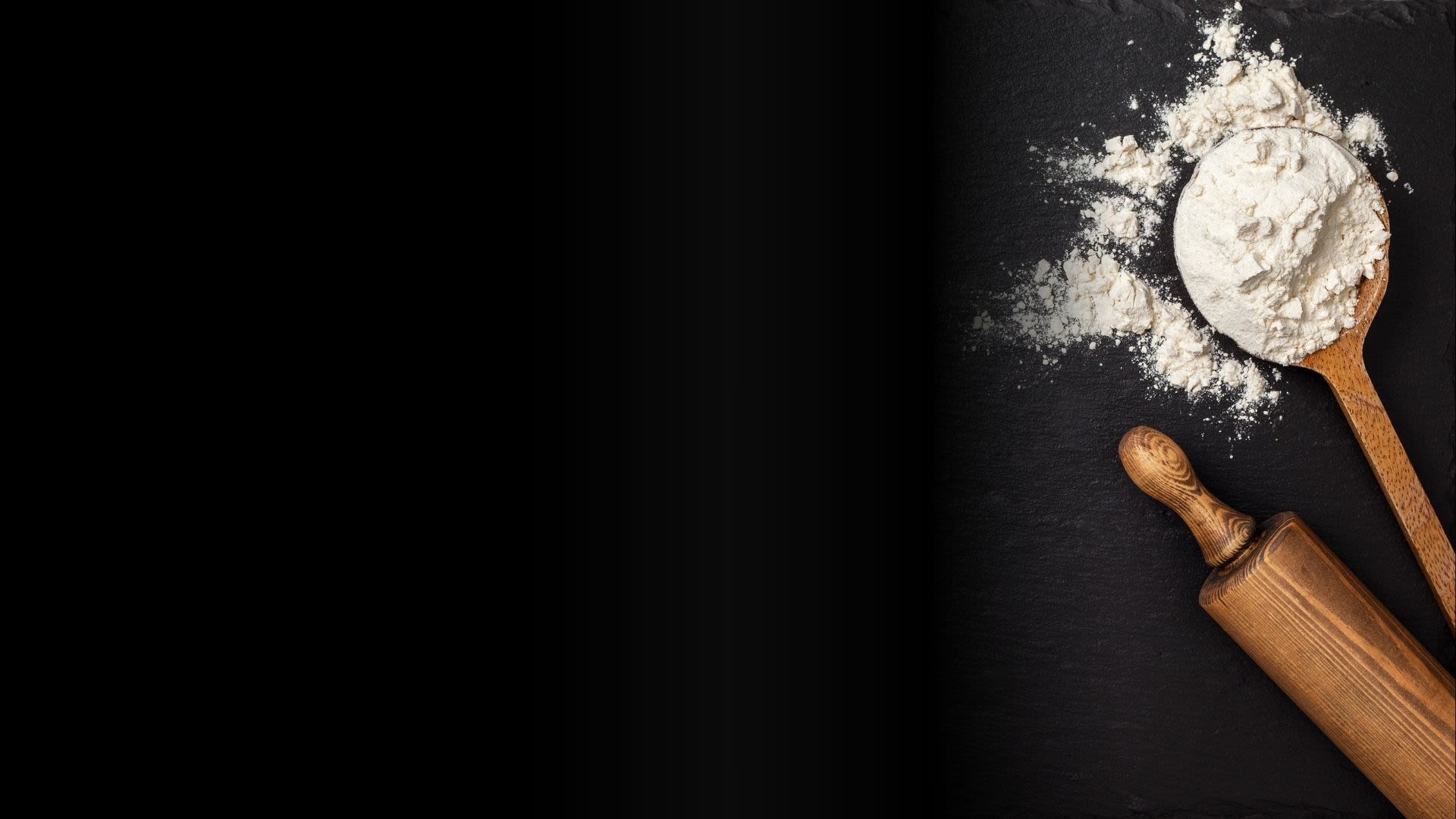
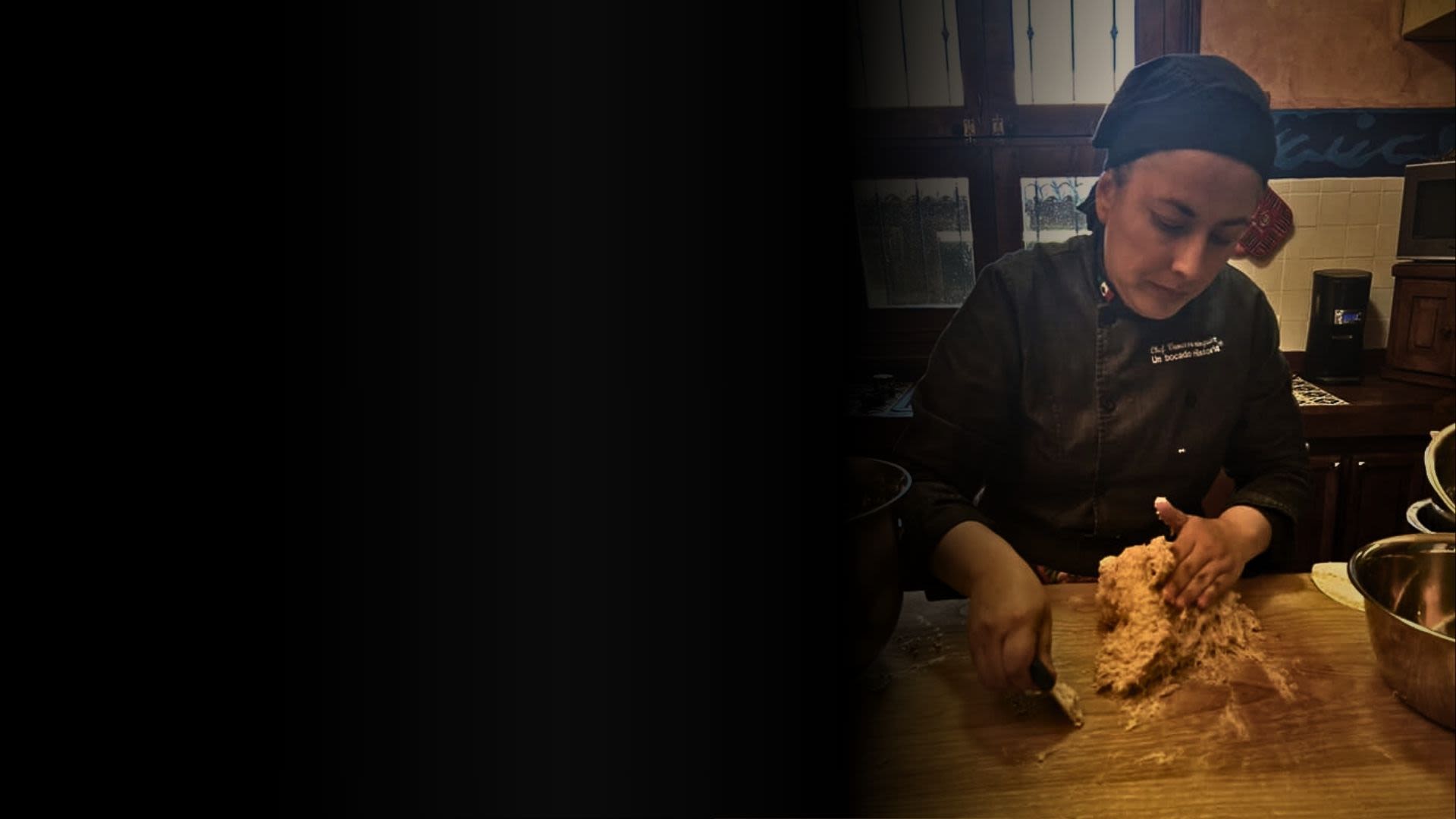
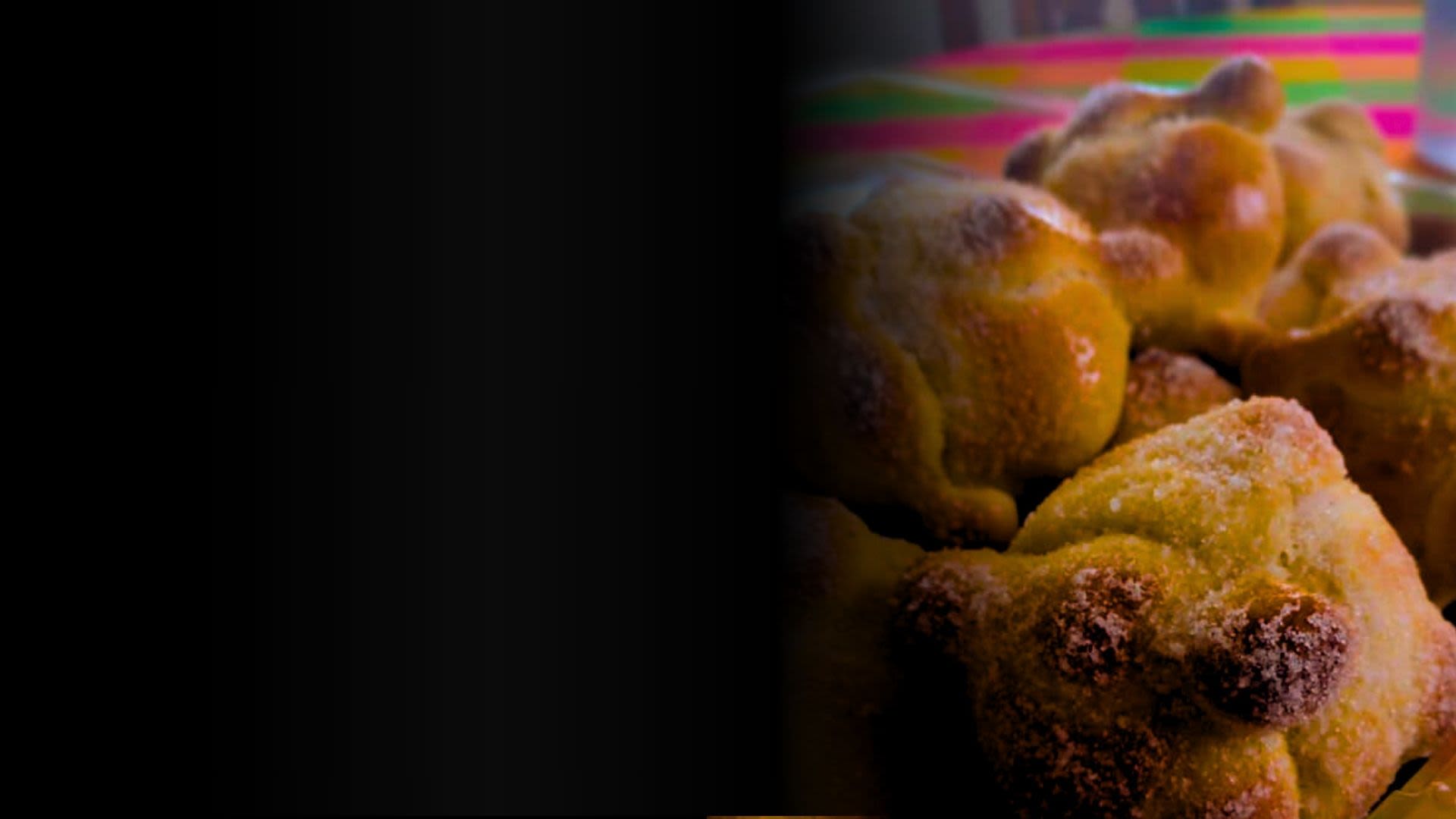
Keep reading. The stories are just beginning.


